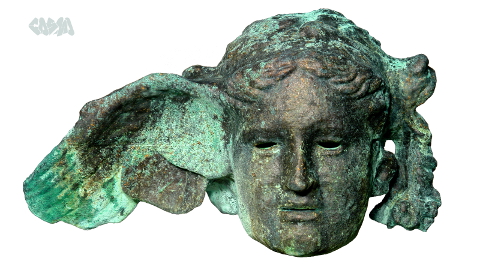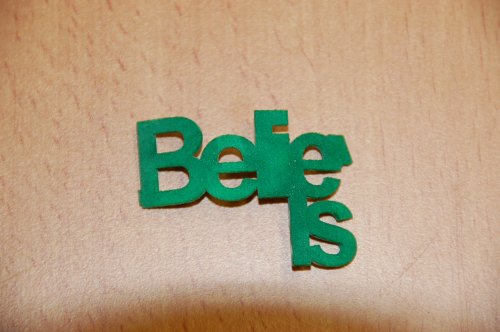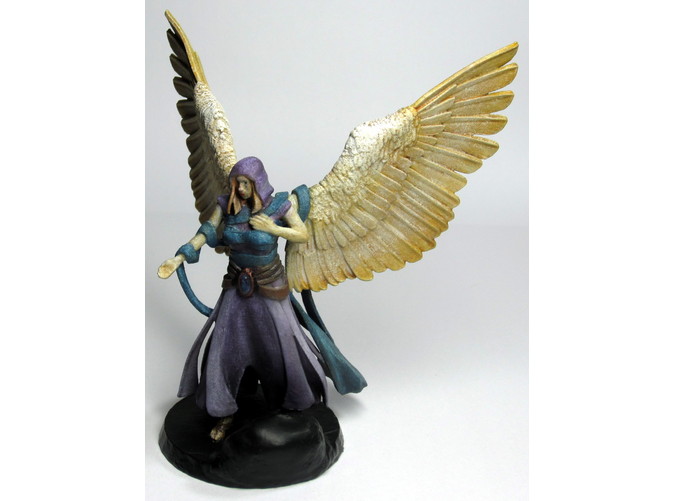Painting 3d Prints – PLA and Nylon
Without a multiple extruder setup, single color 3d prints can get boring after a while. You can make your 3d prints more interesting by painting them. You just need to know the right paints that will bond correctly to your 3d print. This tutorial focuses on how to paint PLA and nylon prints, since they are widely used materials in consumer 3d printers and printing services.
PLA prints generally work well with acrylic paints. The same paints and process that works for PLA prints also works for nylon powder prints, like the ones from Shapeways (white strong and flexible), Ponoko, and other large 3d printing providers with laser sintering (SLS). They can also be painted with cellulose spray paints, or oil paints, but acrylic paints work the best.
First, for the most even coat, you should prime the surface. This will make the paint stick to the plastic better. We’ve had good results using Citadel Primer. If you skip the primer, your model can end up with some areas absorbing more color, and others less. A good primer will provide a base coat that absorbs the final colors evenly. If you don’t want to buy primer, you can also add extra coats of paint, which will may smooth over some fine detail. With larger models, automotive spray primers work well, and let you sand out any surface roughness for a smoother finish.
Then you can paint your model with any standard acrylic paints. We like the Tamiya acrylics for their brightness and good blending. Both water-based paints and solvent-based paints seem to work equally well. Standard painting advice: paint over a surface you don’t mind getting paint on, like newspaper or a drop cloth, making sure there is enough ventilation. Use the right brush for the amount of detail you want. If you want overall color, a big brush is fine, but if you’re painting small details, pick a smaller brush. Use a small amount of paint on the brush so you don’t get clumps or hard to clean brushes.
Let your print dry, and if needed, apply another coat or layer detailing in other colors. Whatever makes your 3d print look the best.
If you want to color moving parts, it’s not a good idea to use paints. The paint will fill the clearance gap needed for joints or gearings and cause the movable part to not move well anymore. Instead, you can use dyes. The dye will be absorbed into the print without changing the dimensions. We’ve heard that the Rit liquid dyes work well with both PLA and the nylon commercial prints. When using the dyes, it’s best to print in white so the dye color shows best.
While painting your 3d prints takes some of the automation out of the process, it can produce great results. If 3d printing exists to create custom products, paint will make your 3d prints even more unique.


